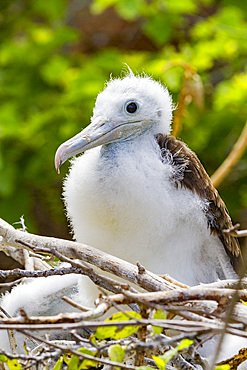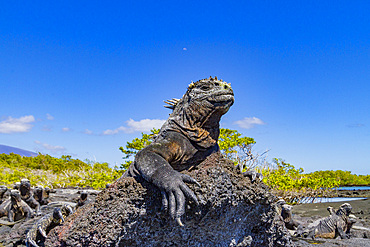Results
« Previous 1 2 3 Next »
237 results found

Baleen whale skeleton, most likely a young Bryde's whale, on lava flow in the Galapagos Island Archipelago, UNESCO World Heritage Site, Ecuador, South America
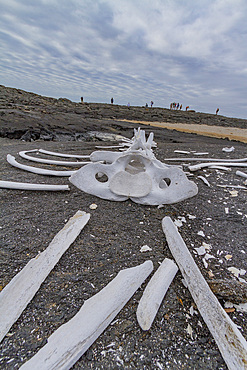
Baleen whale skeleton, most likely a young Bryde's whale, on lava flow in the Galapagos Island Archipelago, UNESCO World Heritage Site, Ecuador, South America
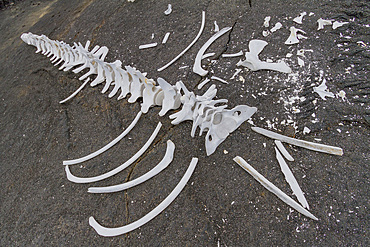
Baleen whale skeleton, most likely a young Bryde's whale, on lava flow in the Galapagos Island Archipelago, UNESCO World Heritage Site, Ecuador, South America
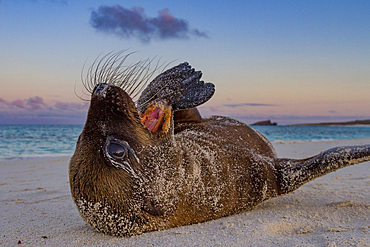
Galapagos sea lion (Zalophus wollebaeki) pup in the Galapagos Island Archipelago, UNESCO World Heritage Site, Ecuador, South America
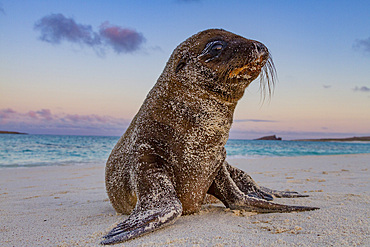
Galapagos sea lion (Zalophus wollebaeki) pup in the Galapagos Island Archipelago, UNESCO World Heritage Site, Ecuador, South America
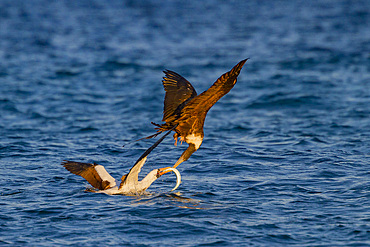
Adult Nazca booby (Sula grantii) feeding on halfbeak, and defending its catch against a frigatebird, in the Galapagos Island Archipelago, UNESCO World Heritage Site, Ecuador, South America
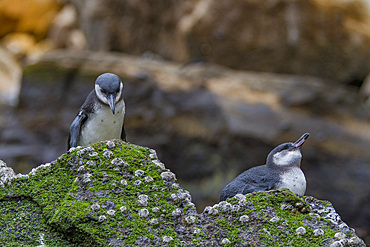
Galapagos penguin (Spheniscus mendiculus) hauled out on Isabela Island in the Galapagos Island Archipelago, UNESCO World Heritage Site, Ecuador, South America
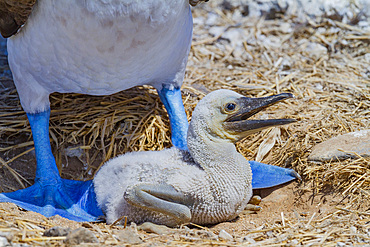
Blue-footed booby (Sula nebouxii) newly hatched chick in the Galapagos Island Archipelago, UNESCO World Heritage Site, Ecuador, South America
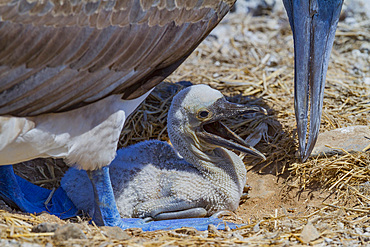
Blue-footed booby (Sula nebouxii) newly hatched chick in the Galapagos Island Archipelago, UNESCO World Heritage Site, Ecuador, South America

Galapagos sea lions (Zalophus wollebaeki) hauled out on the beach in the Galapagos Island Archipelago, UNESCO World Heritage Site, Ecuador, South America
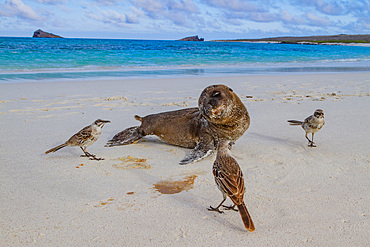
Galapagos sea lion (Zalophus wollebaeki) pup in the Galapagos Island Archipelago, UNESCO World Heritage Site, Ecuador, South America
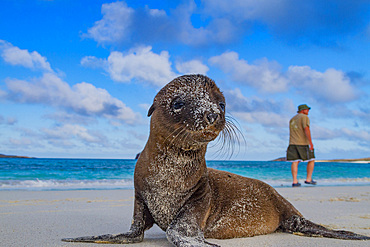
Galapagos sea lion (Zalophus wollebaeki) pup in the Galapagos Island Archipelago, UNESCO World Heritage Site, Ecuador, South America
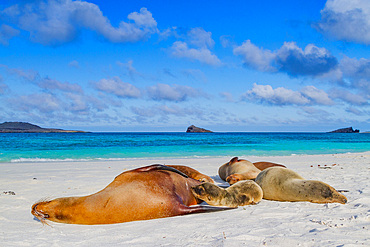
Galapagos sea lion (Zalophus wollebaeki) pup nursing in the Galapagos Island Archipelago, UNESCO World Heritage Site, Ecuador, South America
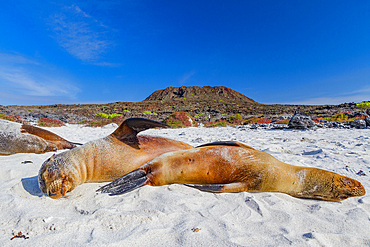
Galapagos sea lions (Zalophus wollebaeki) hauled out on the beach in the Galapagos Island Archipelago, UNESCO World Heritage Site, Ecuador, South America
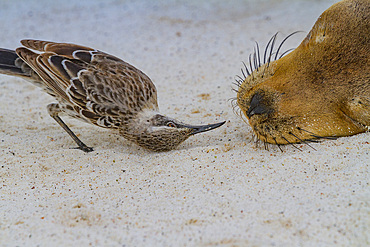
Galapagos sea lion (Zalophus wollebaeki) pup and curious bird, Galapagos Island Archipelago, UNESCO World Heritage Site, Ecuador, South America
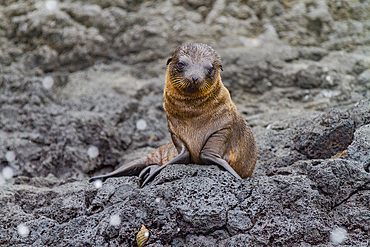
Galapagos sea lion (Zalophus wollebaeki) pup in the Galapagos Island Archipelago, UNESCO World Heritage Site, Ecuador, South America
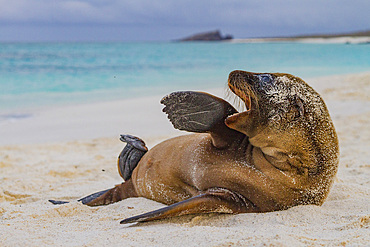
Galapagos sea lion (Zalophus wollebaeki) pup in the Galapagos Island Archipelago, UNESCO World Heritage Site, Ecuador, South America
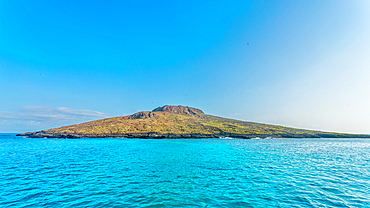
Sombrero Chino (Chinese Hat) Island, just off Santiago Island in the Galapagos, UNESCO World Heritage Site, Ecuador, South America
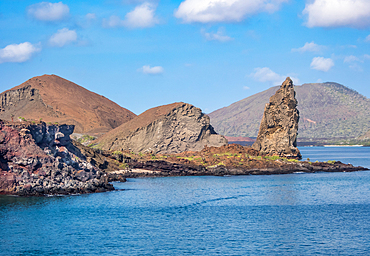
Pinnacle Rock, a volcanic plug on Bartolome Island, one of the most spectacular features of the Galapagos islands, UNESCO World Heritage Site, Ecuador, South America
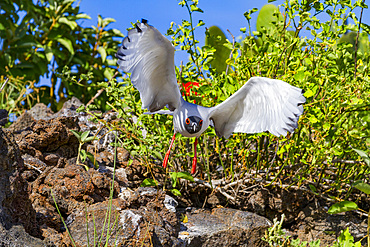
Adult Swallow-tailed gull (Creagrus furcatus) in flight in the Galapagos Island Archipelago, UNESCO World Heritage Site, Ecuador, South America
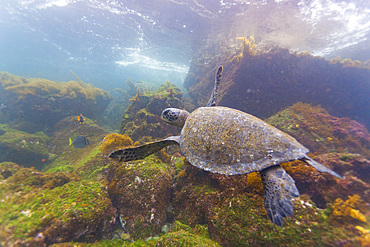
Adult green sea turtle (Chelonia mydas agassizii) underwater in the Galapagos Island Archipelago, UNESCO World Heritage Site, Ecuador, South America
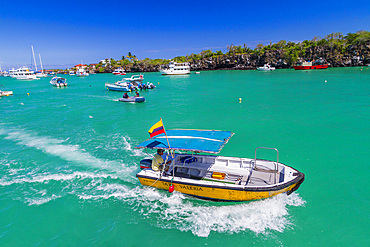
Scenic view of boats at the port town of Puerto Ayora, Santa Cruz Island, Galapagos Island Archipelago, UNESCO World Heritage Site, Ecuador, South America
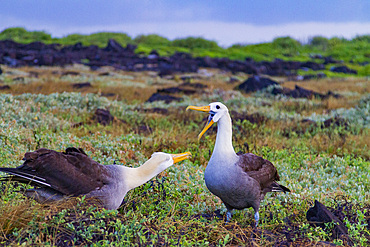
Adult waved albatross (Diomedea irrorata) at breeding colony on Espanola Island, Galapagos Island Archipelago, UNESCO World Heritage Site, Ecuador, South America
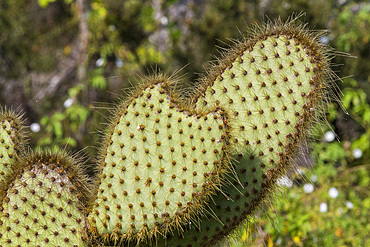
The endemic Opuntia cactus (Opuntia echios) cactus growing in the Galapagos Island Archipelago, UNESCO World Heritage Site, Ecuador, South America
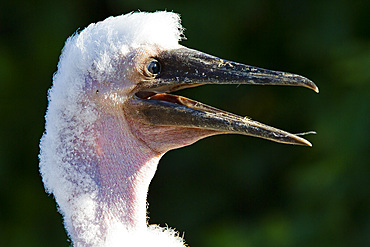
Nazca booby (Sula grantii) downy chick in the Galapagos Island Archipelago, UNESCO World Heritage Site, Ecuador, South America
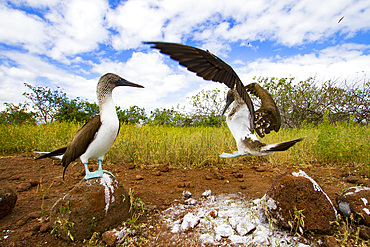
Blue-footed booby (Sula nebouxii) courtship behavior in the Galapagos Island Archipelago, UNESCO World Heritage Site, Ecuador, South America

Blue-footed booby (Sula nebouxii) courtship behavior in the Galapagos Island Archipelago, UNESCO World Heritage Site, Ecuador, South America

Adult red-footed booby (Sula sula) in flight in the Galapagos Island Archipelago, UNESCO World Heritage Site, Ecuador, South America
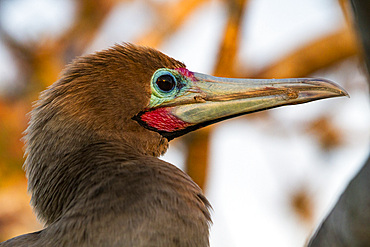
Adult red-footed booby (Sula sula) head detail in the Galapagos Island Archipelago, UNESCO World Heritage Site, Ecuador, South America

Galapagos sea lion mother nursing pup (Zalophus wollebaeki) in the Galapagos Island Archipelago, UNESCO World Heritage Site, Ecuador, South America
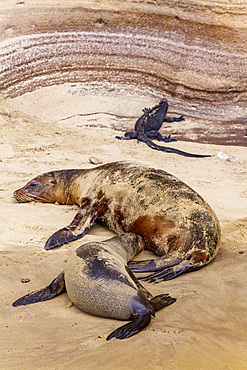
Galapagos sea lion mother nursing pup (Zalophus wollebaeki) in the Galapagos Island Archipelago, UNESCO World Heritage Site, Ecuador, South America
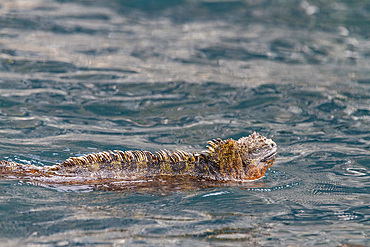
The endemic Galapagos marine iguana (Amblyrhynchus cristatus) in the Galapagos Island Archipelago, UNESCO World Heritage Site, Ecuador, South America
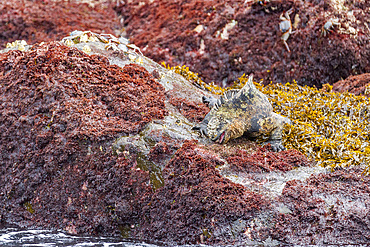
The endemic Galapagos marine iguana (Amblyrhynchus cristatus) in the Galapagos Island Archipelago, UNESCO World Heritage Site, Ecuador, South America
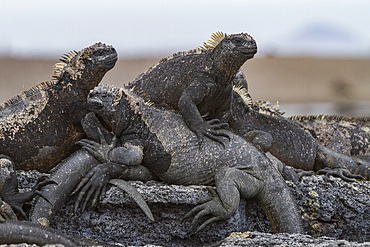
The endemic Galapagos marine iguana (Amblyrhynchus cristatus) in the Galapagos Island Archipelago, UNESCO World Heritage Site, Ecuador, South America
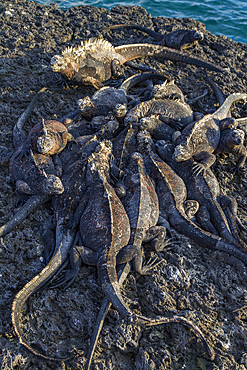
The endemic Galapagos marine iguana (Amblyrhynchus cristatus) in the Galapagos Island Archipelago, UNESCO World Heritage Site, Ecuador, South America
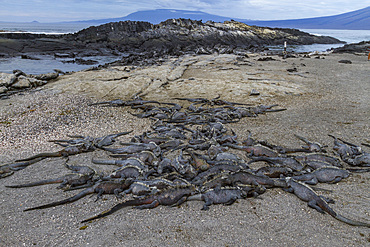
The endemic Galapagos marine iguana (Amblyrhynchus cristatus) in the Galapagos Island Archipelago, UNESCO World Heritage Site, Ecuador, South America
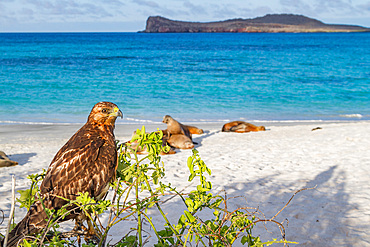
Young Galapagos hawk (Buteo galapagoensis) in the Galapagos Island Archipelago, UNESCO World Heritage Site, Ecuador, South America
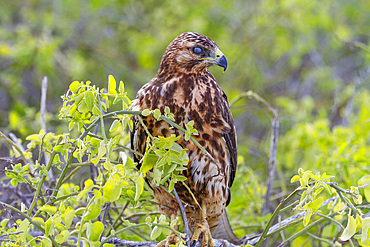
Young Galapagos hawk (Buteo galapagoensis) in the Galapagos Island Archipelago, UNESCO World Heritage Site, Ecuador, South America
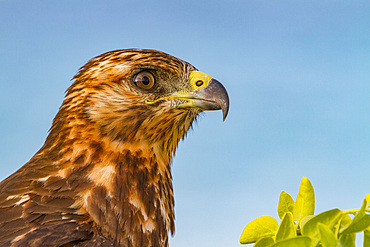
Young Galapagos hawk (Buteo galapagoensis) in the Galapagos Island Archipelago, UNESCO World Heritage Site, Ecuador, South America
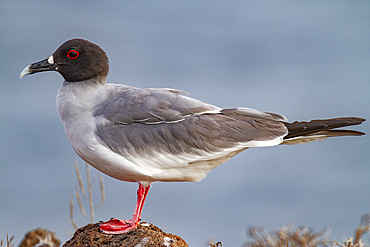
Adult Swallow-tailed gull (Creagrus furcatus) on Espanola Island in the Galapagos Island Archipelago, UNESCO World Heritage Site, Ecuador, South America
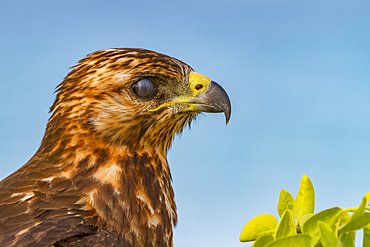
Young Galapagos hawk (Buteo galapagoensis) in the Galapagos Island Archipelago, UNESCO World Heritage Site, Ecuador, South America
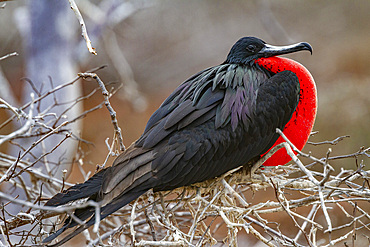
Male great frigatebird (Fregata minor) in breeding plumage in the Galapagos Island Archipelago, UNESCO World Heritage Site, Ecuador, South America
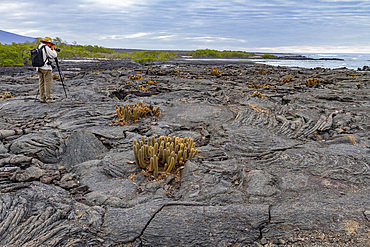
The endemic lava cactus (Brachycereus spp) cactus growing in the Galapagos Island Archipelago, UNESCO World Heritage Site, Ecuador, South America
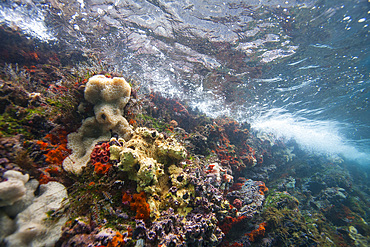
Underwater scenes from the Galapagos Island Archipelago, UNESCO World Heritage Site, Ecuador, South America

Lava lizard (Microlophus spp) in the Galapagos Island Archipelago, UNESCO World Heritage Site, Ecuador, South America

Lava lizard (Microlophus spp) in the Galapagos Island Archipelago, UNESCO World Heritage Site, Ecuador, South America
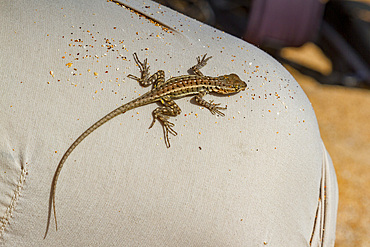
Lava lizard (Microlophus spp) in the Galapagos Island Archipelago, UNESCO World Heritage Site, Ecuador, South America
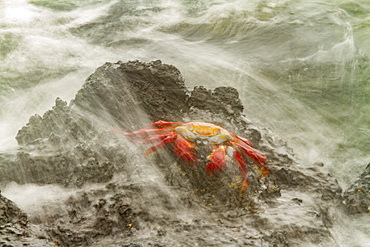
Sally lightfoot crab (Grapsus grapsus) in the littoral of the Galapagos Island Archipelago, UNESCO World Heritage Site, Ecuador, South America
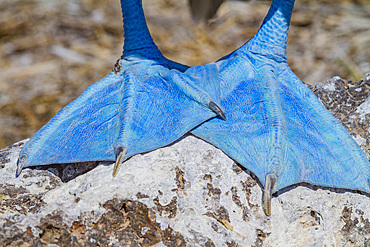
Blue-footed booby (Sula nebouxii) showing blue feet in the Galapagos Island Archipelago, UNESCO World Heritage Site, Ecuador, South America
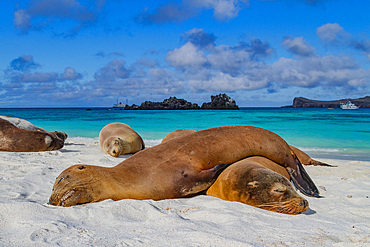
Galapagos sea lions (Zalophus wollebaeki) hauled out on the beach in the Galapagos Island Archipelago, UNESCO World Heritage Site, Ecuador, South America
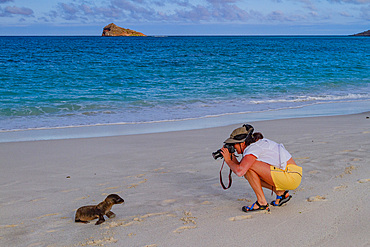
Tourist photographing a Galapagos sea lion (Zalophus wollebaeki) pup in the Galapagos Island Archipelago, UNESCO World Heritage Site, Ecuador, South America
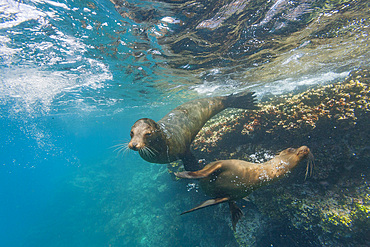
Galapagos sea lion (Zalophus wollebaeki) underwater in the Galapagos Island Archipelago, UNESCO World Heritage Site, Ecuador, South America
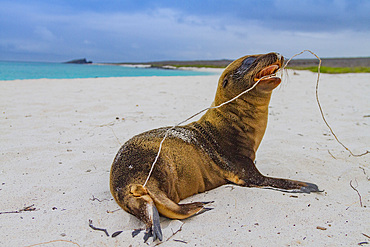
Galapagos sea lion (Zalophus wollebaeki) pup in the Galapagos Island Archipelago, UNESCO World Heritage Site, Ecuador, South America
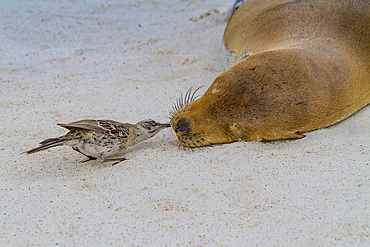
Galapagos sea lion (Zalophus wollebaeki) pup and curious bird, Galapagos Island Archipelago, UNESCO World Heritage Site, Ecuador, South America
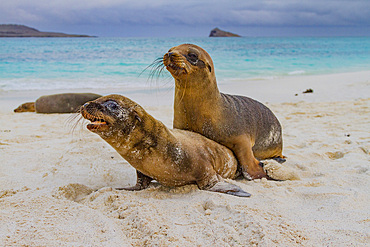
Galapagos sea lion (Zalophus wollebaeki) pup in the Galapagos Island Archipelago, UNESCO World Heritage Site, Ecuador, South America
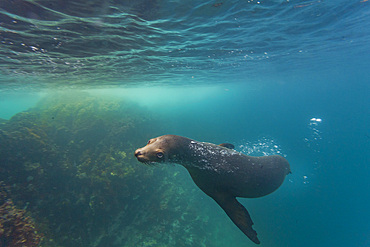
Galapagos sea lion (Zalophus wollebaeki) underwater in the Galapagos Island Archipelago, UNESCO World Heritage Site, Ecuador, South America
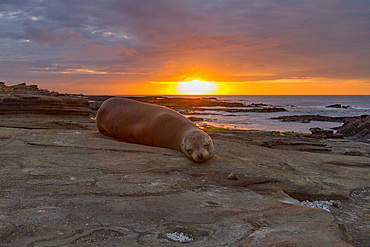
Galapagos sea lion (Zalophus wollebaeki) resting on lava at sunset in the Galapagos Island Archipelago, UNESCO World Heritage Site, Ecuador, South America
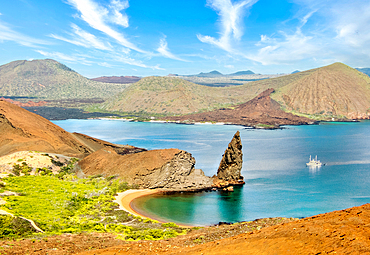
Bartolome Island with Pinnacle Rock, a volcanic plug, to the right, a location in the 2003 film Master and Commander, Galapagos Islands, UNESCO World Heritage Site, Ecuador, South America
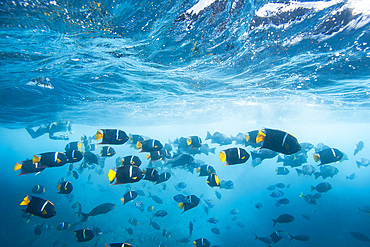
Schooling king angelfish (Holacanthus passer), underwater in the Galapagos Island Archipelago, UNESCO World Heritage Site, Ecuador, South America
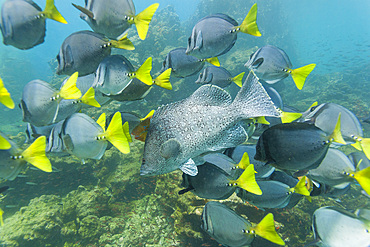
Schooling yellow-tailed surgeonfish (Prionurus punctatus), underwater in the Galapagos Island Archipelago, UNESCO World Heritage Site, Ecuador, South America
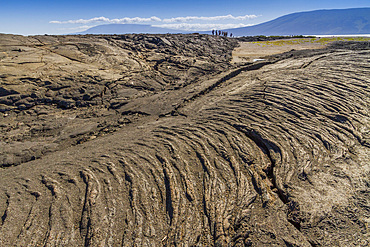
Lava and ash floes in the Galapagos Island Archipelago, UNESCO World Heritage Site, Ecuador, South America
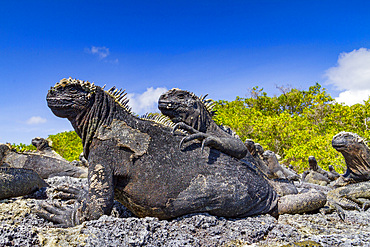
The endemic Galapagos marine iguana (Amblyrhynchus cristatus) in the Galapagos Island Archipelago, UNESCO World Heritage Site, Ecuador, South America
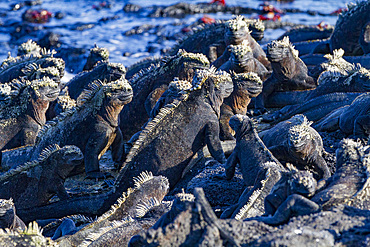
The endemic Galapagos marine iguana (Amblyrhynchus cristatus) in the Galapagos Island Archipelago, UNESCO World Heritage Site, Ecuador, South America

The endemic Galapagos marine iguana (Amblyrhynchus cristatus) in the Galapagos Island Archipelago, UNESCO World Heritage Site, Ecuador, South America
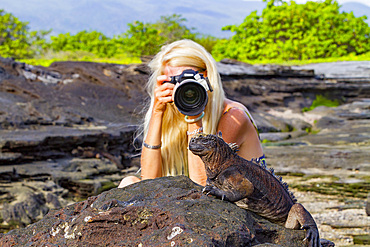
The endemic Galapagos marine iguana (Amblyrhynchus cristatus) in the Galapagos Island Archipelago, UNESCO World Heritage Site, Ecuador, South America
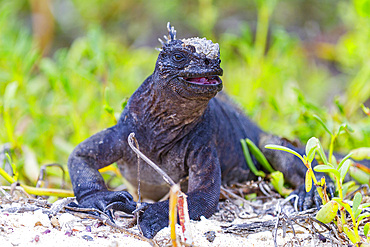
The endemic Galapagos marine iguana (Amblyrhynchus cristatus) in the Galapagos Island Archipelago, UNESCO World Heritage Site, Ecuador, South America

The endemic Galapagos marine iguana (Amblyrhynchus cristatus) in the Galapagos Island Archipelago, UNESCO World Heritage Site, Ecuador, South America
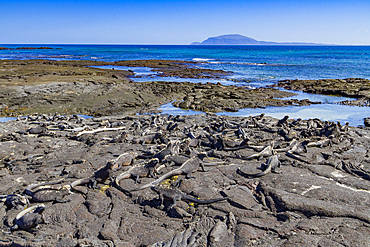
The endemic Galapagos marine iguana (Amblyrhynchus cristatus) in the Galapagos Island Archipelago, UNESCO World Heritage Site, Ecuador, South America
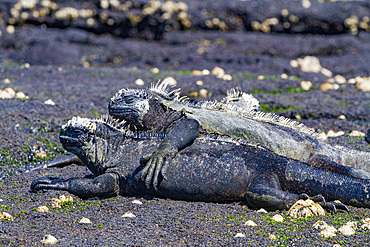
The endemic Galapagos marine iguana (Amblyrhynchus cristatus) in the Galapagos Island Archipelago, UNESCO World Heritage Site, Ecuador, South America
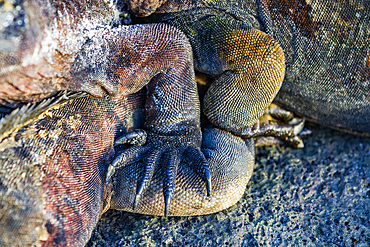
The endemic Galapagos marine iguana (Amblyrhynchus cristatus) in the Galapagos Island Archipelago, UNESCO World Heritage Site, Ecuador, South America
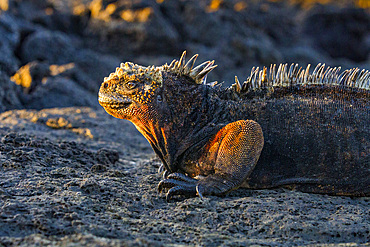
The endemic Galapagos marine iguana (Amblyrhynchus cristatus) in the Galapagos Island Archipelago, UNESCO World Heritage Site, Ecuador, South America
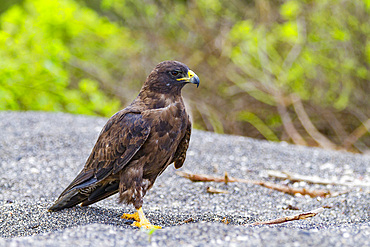
Adult Galapagos hawk (Buteo galapagoensis) in the Galapagos Island Archipelago, UNESCO World Heritage Site, Ecuador, South America
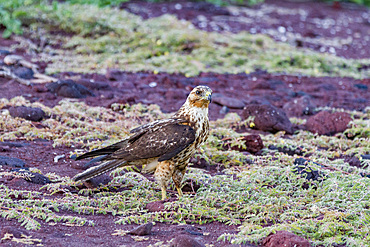
Juvenile Galapagos hawk (Buteo galapagoensis) in the Galapagos Island Archipelago, UNESCO World Heritage Site, Ecuador, South America
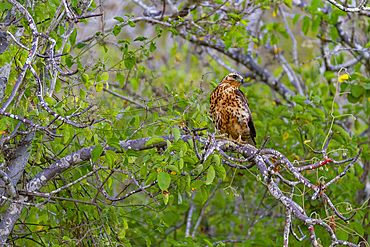
Juvenile Galapagos hawk (Buteo galapagoensis) in the Galapagos Island Archipelago, UNESCO World Heritage Site, Ecuador, South America

The very colorful Galapagos land iguana (Conolophus subcristatus) in the Galapagos Island Archipelago, UNESCO World Heritage Site, Ecuador, South America
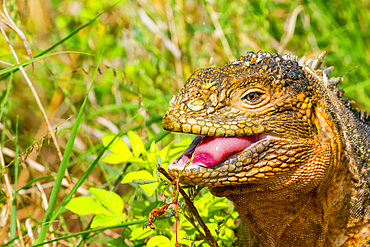
The very colorful Galapagos land iguana (Conolophus subcristatus) in the Galapagos Island Archipelago, UNESCO World Heritage Site, Ecuador, South America
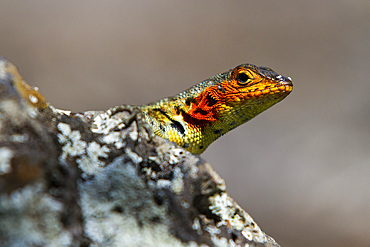
Lava lizard (Microlophus spp) in the Galapagos Island Archipelago, UNESCO World Heritage Site, Ecuador, South America
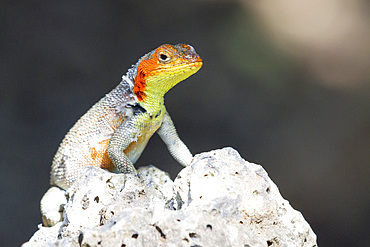
Lava lizard (Microlophus spp) in the Galapagos Island Archipelago, UNESCO World Heritage Site, Ecuador, South America
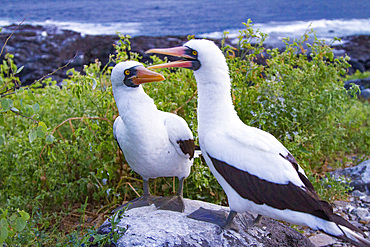
Adult Nazca booby (Sula grantii) pair in courtship in the Galapagos Island Archipelago, UNESCO World Heritage Site, Ecuador, South America
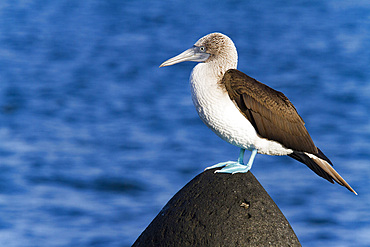
Adult blue-footed booby (Sula nebouxii) in the Galapagos Island Archipelago, UNESCO World Heritage Site, Ecuador, South America
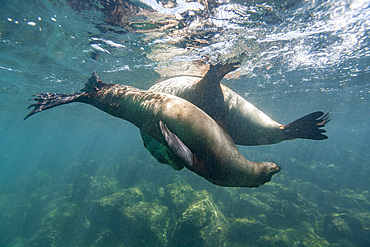
Young Galapagos sea lions (Zalophus wollebaeki) at play underwater in the Galapagos Island Archipelago, UNESCO World Heritage Site, Ecuador, South America
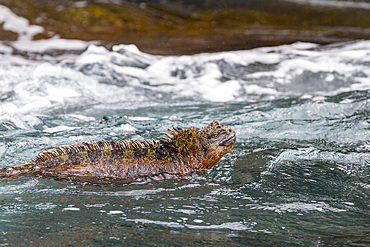
The endemic Galapagos marine iguana (Amblyrhynchus cristatus) in the Galapagos Island Archipelago, UNESCO World Heritage Site, Ecuador, South America
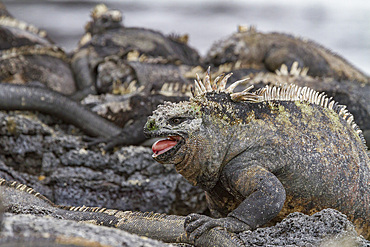
The endemic Galapagos marine iguana (Amblyrhynchus cristatus) in the Galapagos Island Archipelago, UNESCO World Heritage Site, Ecuador, South America
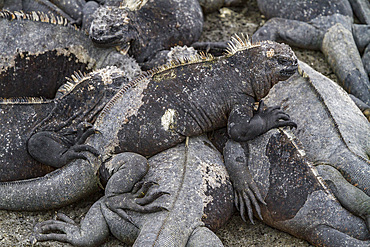
The endemic Galapagos marine iguana (Amblyrhynchus cristatus) in the Galapagos Island Archipelago, UNESCO World Heritage Site, Ecuador, South America
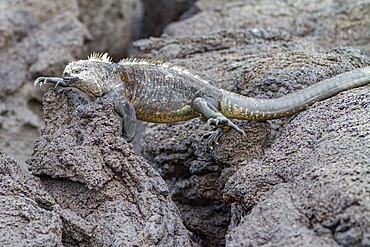
The endemic Galapagos marine iguana (Amblyrhynchus cristatus) in the Galapagos Island Archipelago, UNESCO World Heritage Site, Ecuador, South America
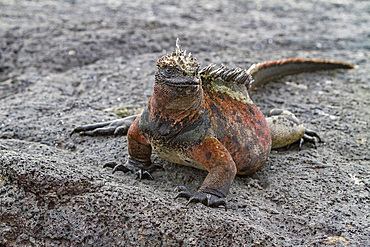
The endemic Galapagos marine iguana (Amblyrhynchus cristatus) in the Galapagos Island Archipelago, UNESCO World Heritage Site, Ecuador, South America
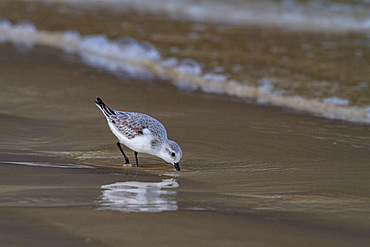
Adult sanderling (Calidris alba) feeding on the tidal flat in the Galapagos Island Archipelago, UNESCO World Heritage Site, Ecuador, South America
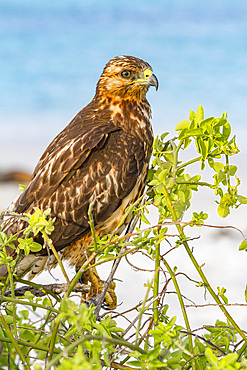
Young Galapagos hawk (Buteo galapagoensis) in the Galapagos Island Archipelago, UNESCO World Heritage Site, Ecuador, South America
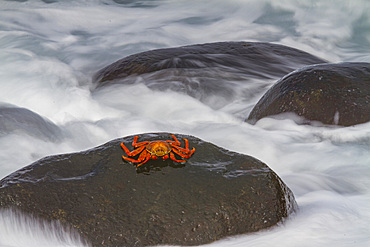
Sally lightfoot crab (Grapsus grapsus) in the littoral of the Galapagos Island Archipelago, UNESCO World Heritage Site, Ecuador, South America
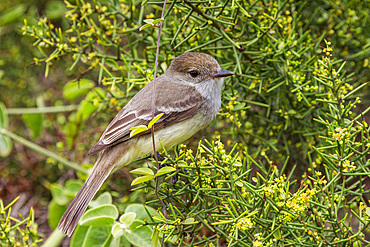
Adult Galapagos flycatcher (Large-billed flycatcher) (Myiarchus magnirostris) in the Galapagos Island Archipelago, UNESCO World Heritage Site, Ecuador, South America

Sally lightfoot crab (Grapsus grapsus) in the littoral of the Galapagos Island Archipelago, UNESCO World Heritage Site, Ecuador, South America
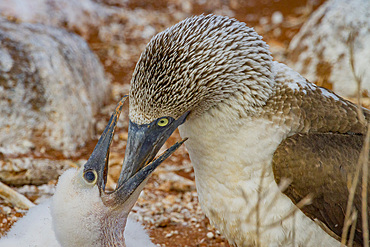
Adult blue-footed booby (Sula nebouxii) feeding chick in the Galapagos Island Archipelago, UNESCO World Heritage Site, Ecuador, South America
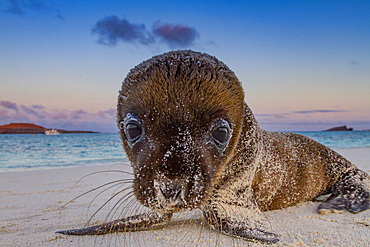
Galapagos sea lion (Zalophus wollebaeki) pup in the Galapagos Island Archipelago, UNESCO World Heritage Site, Ecuador, South America
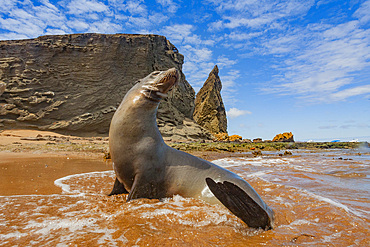
Galapagos sea lions (Zalophus wollebaeki) hauled out on the beach in the Galapagos Island Archipelago, UNESCO World Heritage Site, Ecuador, South America

Galapagos sea lion (Zalophus wollebaeki) underwater in the Galapagos Island Archipelago, UNESCO World Heritage Site, Ecuador, South America
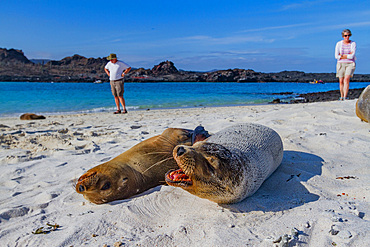
Galapagos sea lions (Zalophus wollebaeki) hauled out on the beach in the Galapagos Island Archipelago, UNESCO World Heritage Site, Ecuador, South America
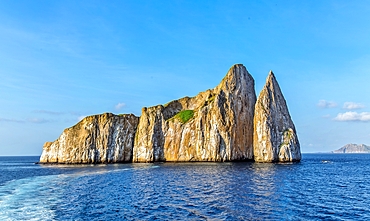
Kicker Rock, a volcanic formation near the island of San Cristobal, a popular spot for snorkelling, Galapagos Islands, UNESCO World Heritage Site, Ecuador, South America
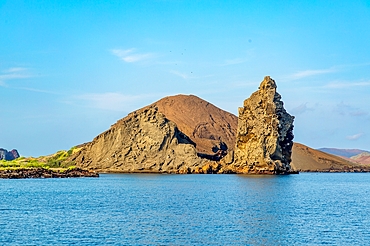
Pinnacle Rock on Bartolome Island in the Galapagos Islands, UNESCO World Heritage Site, Ecuador, South America
